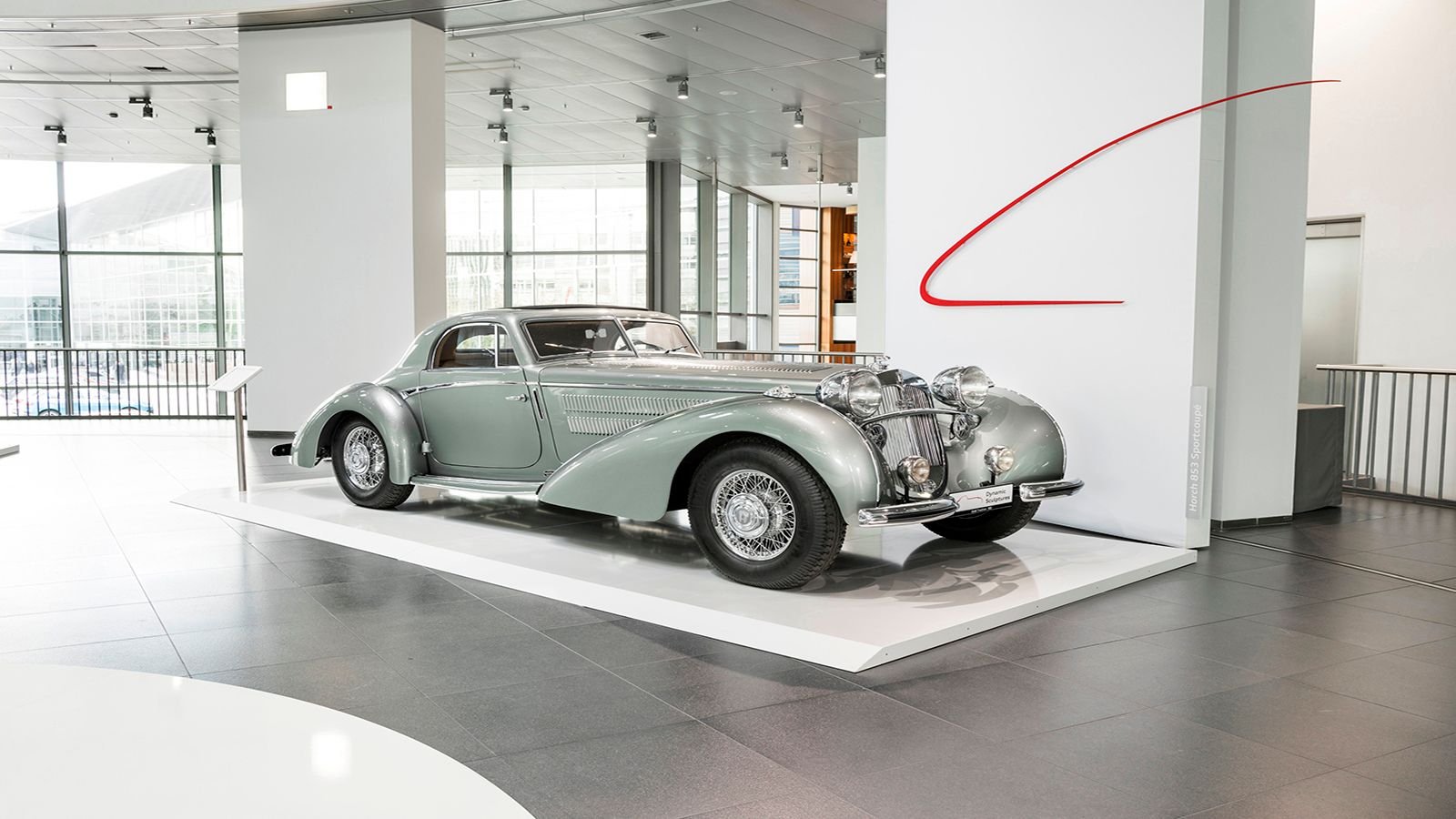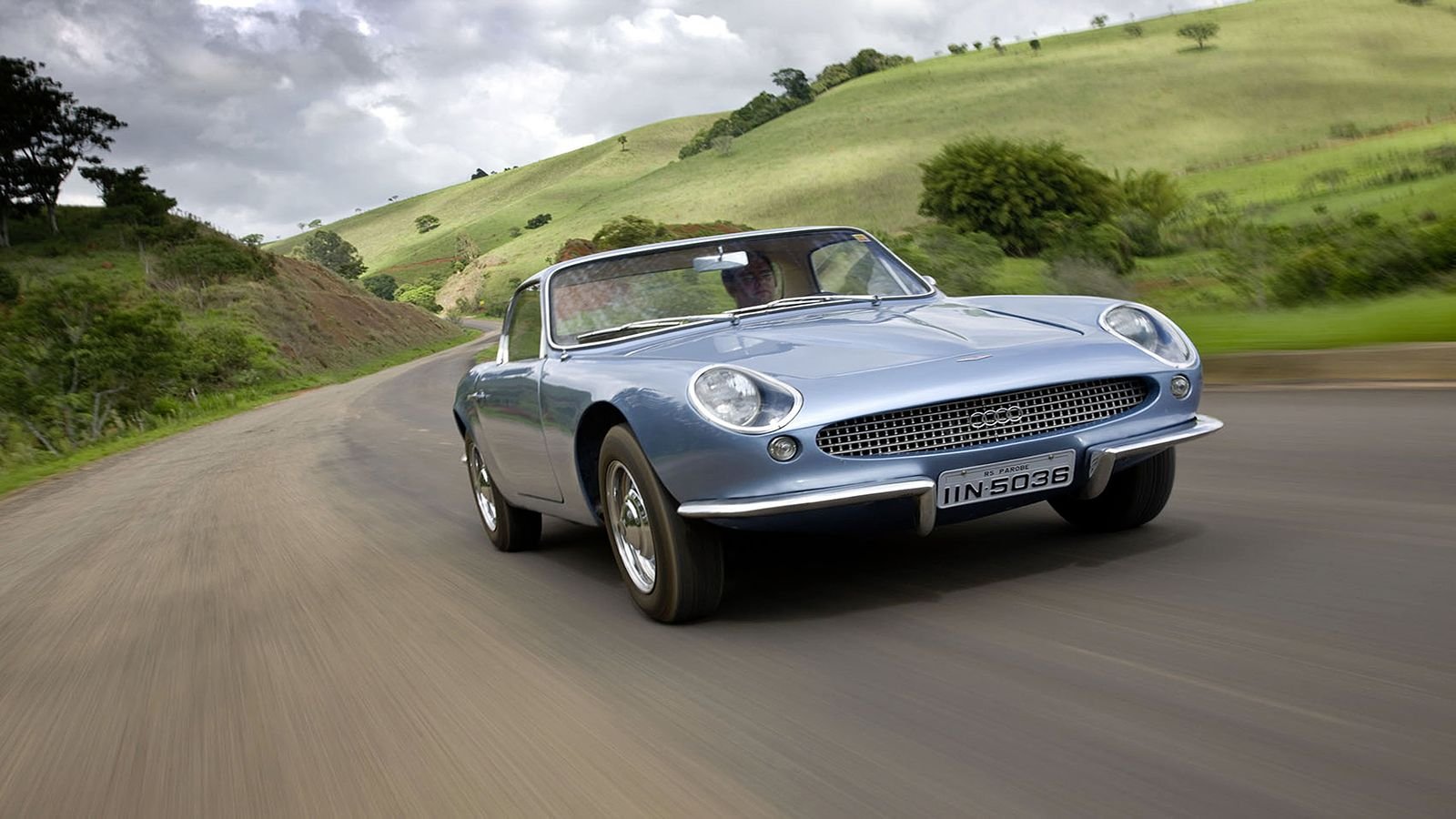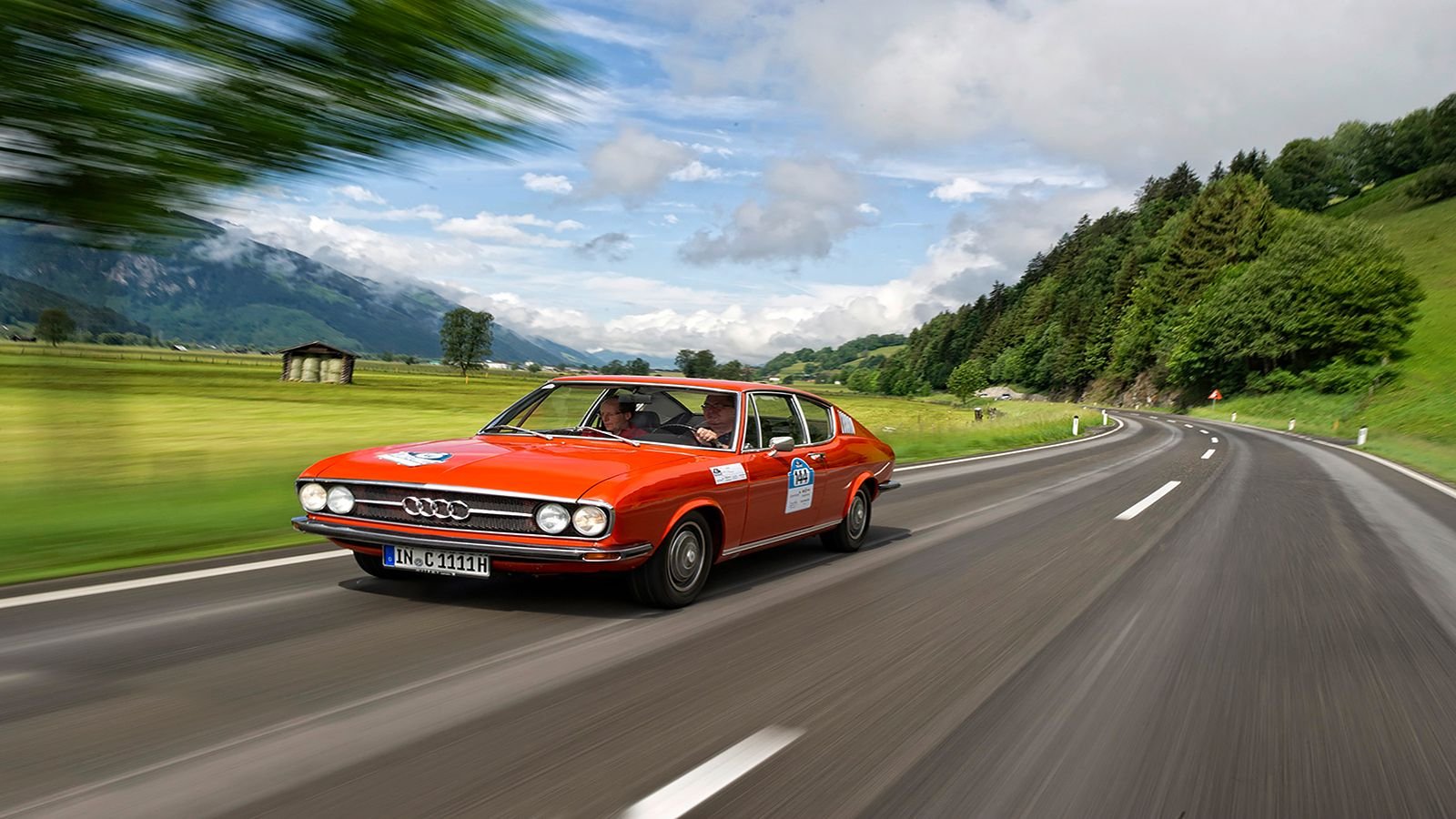Understanding Audi's Design Language
The reason your Audi looks so good, are thanks to these iconic classics.












The Silver Arrow road car
During the 1930s, Auto Union dominated international racing. And its star driver was Bernd Rosemeyer. When the great German racer wanted his own road car, Auto Union obliged with the Horch 853. Designed by Auto Union's Johannes Beeskow, this stunning coupe had a striking shape fabricated into being, by Erdmann & Rossi. It set the tone for future Audi coupes and was powered by a 120hp 5-liter eight-cylinder engine.
Don't discount the Prinz
By 1969 NSU was incorporated into VW's automotive ownership structure, paired with Auto Union. Although its heritage was in producing compact vehicles, NSU's design influence on Audi's product thinking cannot be discounted. The disarmingly cute Prinz coupe was an excellent example of prioritizing lightness, in its design. NSU was a proponent of reducing mass, to improve agility and performance. This would certainly influence Audi's obsession with aluminum, in later years.
The magnificent Monza
A gloriously shaped compact coupe, the DKW Monza remains one of the most attractive cars to ever wear the four-rings on its grille. Beyond its aerodynamic shape, the DKW Monza was incredibly light, weighing only 1720lb. It was powered by a tiny 900cc engine but has a credible power-to-mass ratio. Its organic lines and considered proportions were an early indication that via DKW and Auto Union's influence, Audi would always manage to combine the quest of performance, with an elegant appearance.
The Brazilian connection
The DKW Malzoni GT was a uniquely Brazilian take on Audi's design journey. In 1967, only 125 of these DKW Malzoni GTs were built, each one a stunning example of South American style. The DKW Malzoni GT came into being due to Audi's South American distributor, VEMAG, and remains one of the most disarmingly attractive Germany lineage coupes ever built. Although it was only powered by a small 68hp three-cylinder 1-liter engine, the DKW Malzoni GT was credibly light, at only 1653lb, which gave it a fair power-to-weight ratio.
The breakthrough moment for Audi
This was the defining moment for Audi, as a brand and design icon. Launched in 1969, the 100 Coupe S was a slick two-door fastback, which featured a classic long hood design, despite having a relatively small engine. The 1.8-liter four-cylinder engine was only good for 115hp, but Audi's 100 Coupe S was light and agile, making the most of the smallish engine's power output. Designed by Ruprecht Neuner, the 100 Coupe S combined great style with the capability of a fastback configuration.
Trigger the R8 idea
At the 1991 Frankfurt auto show, Audi revealed a concept that would come to define its ascent as a design icon in the following decade. The mid-engined proportions would eventually come to fruition as Audi's R8, a decade and a half later. Powering the Audi Quattro Spyder concept was a 2.8-liter naturally-aspirated V6 engine, good for 172hp. With a full glass roof structure and wedge profile, the Quattro Spyder would never go into production, but its influence on the brand's future designs was immense.
For help with your do-it-yourself maintenance or repair project, please visit our how-to section in the forum
